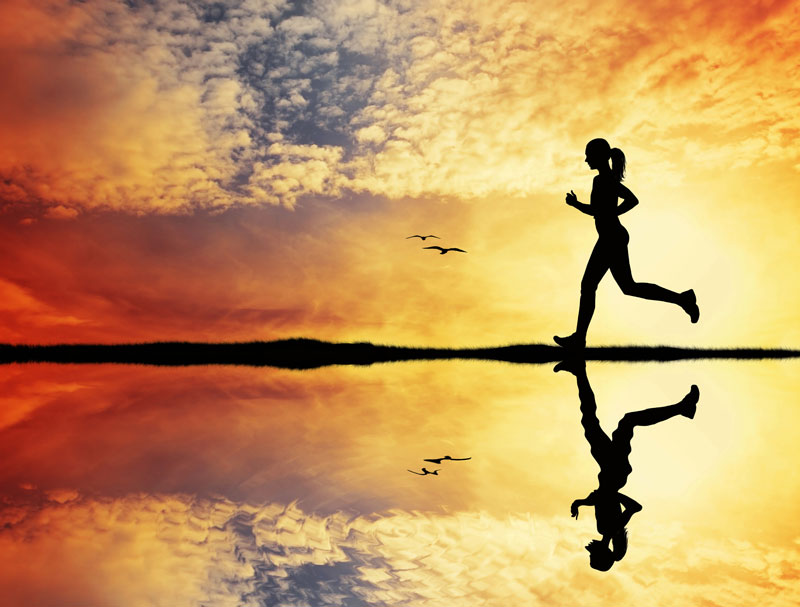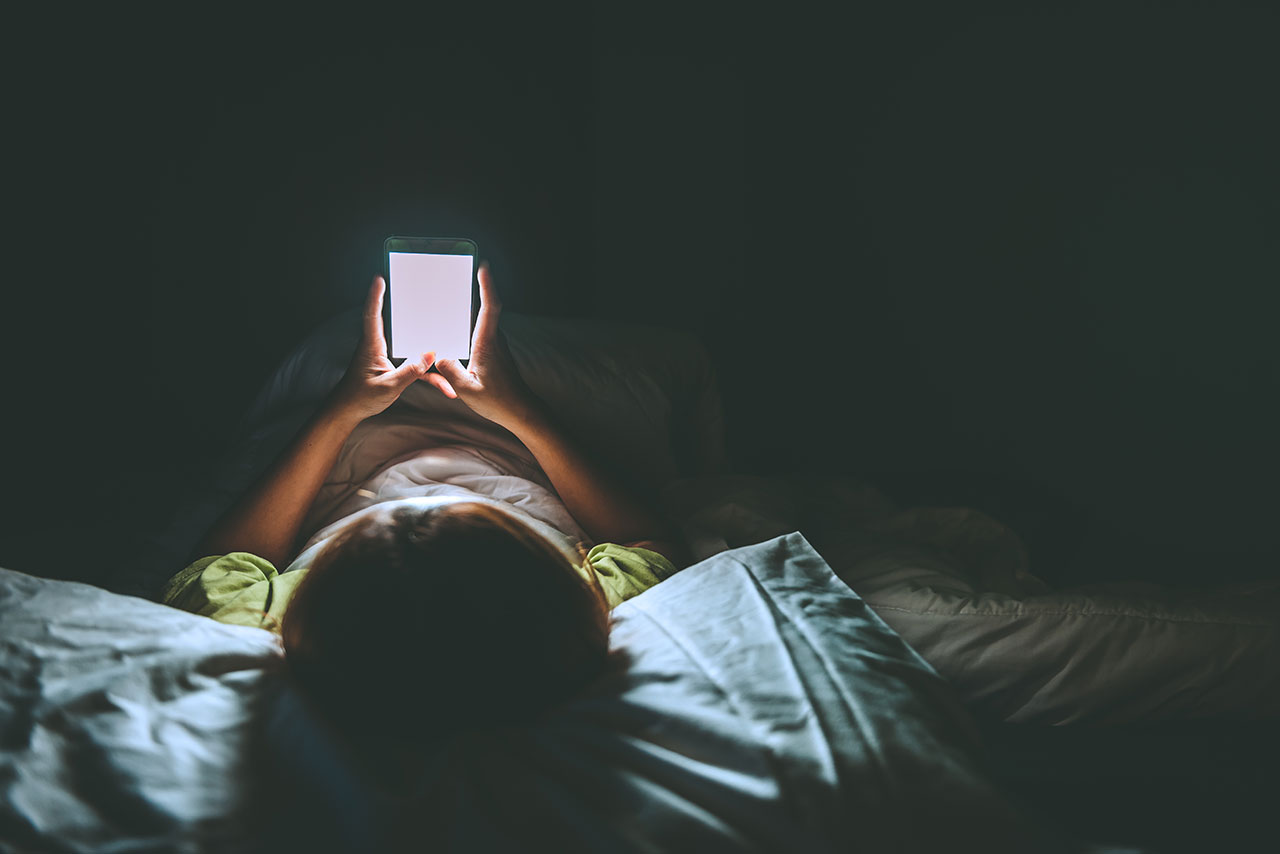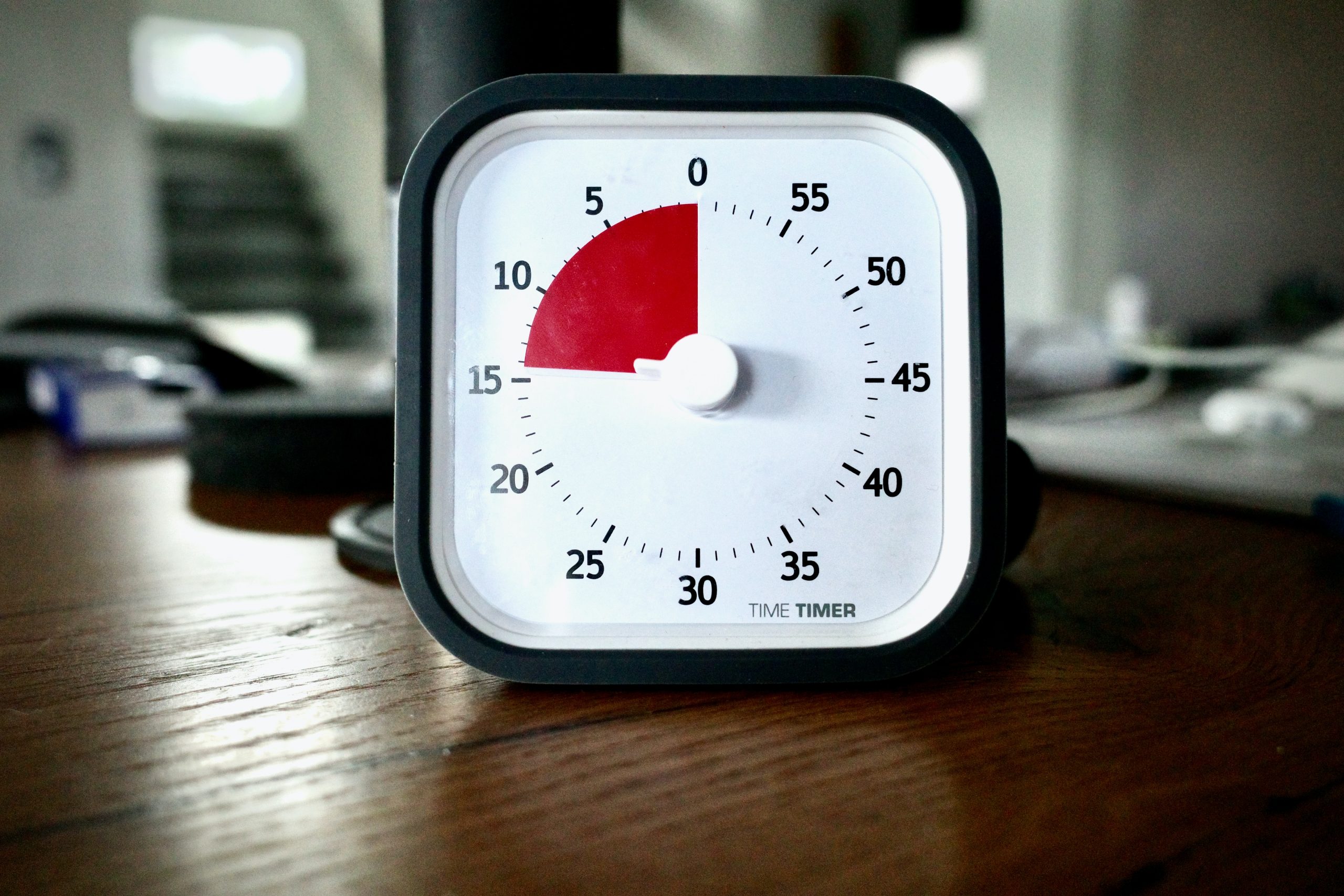How do we keep ourselves healthy and happy while we’re busy and out on the road?
It’s a tall order, finding time to exercise while traveling. Most often, it doesn’t happen, the driving and the dining and the exploring just take up all your time and energy.
It’s a holiday after all, and holidays are for relaxing, right?
Then again, it could be work-related travel, but I can’t imagine that makes exercise while traveling any easier.
Whether you travel often or not, getting your health up is important. You probably know that ‘everyone get’s sick when they travel,’ well it doesn’t need to be like that. So how do we encourage ourselves to take better care of our bodies?
Let’s Start By Looking At Habits
Nir Eyal, the author of Hooked, devised the four parts of a hook — Trigger, Action, Reward, and Investment.
For our purposes I’m going to merge the investment stage into the trigger, so that leaves us with three steps — Trigger, Action, Reward.
The hook that Nir Eyal speaks of is what forms habits in our brains. While it has been used more in conjunction with software and product development, it’s also something we can use to encourage our ourselves to maintain our exercise routine on the road.
- Our trigger/investment stage is an initial action that prompts something else. Just as a notification on your phone leads to you checking Facebook, there are other ways we can use this to our advantage.
- The action is then performed. The simpler the behavior is, the better.
- The reward is received from performing the action. Rewards are more effective when they’re unexpected, although that is more difficult to arrange.
Each step should encourage the next, and loop indefinitely, to create a habit. Many developers use this model when they design apps and programs so they can ‘hook’ their users — Facebook, YouTube and Twitter use it very effectively.
How Can We Use The Hook While Traveling?
While the trigger/investment is the first step in our habit loop, we need to know what we’re working towards to begin. So let’s work backwards from the reward stage.
Your reward will often be intrinsic, it’s your health and fitness. You can amps things up with an extrinsic reward like eating a snack or getting to play your favorite video game. It should make you feel good and give you a sense of satisfaction and accomplishment.
Maybe you feel this important sense of accomplishment from scaling cliffs, you relish the exhilaration of extreme sports, or you find a calm purposefulness when you take long walks through natural parks. You might live for competition and social interaction, or be more of a quiet thinker that enjoys solitary wandering.
You may even prepare a reward for the end of your trip based on how you do. Try setting a goal to exercise while traveling like running a certain distance each week and then reward yourself when you get back with a pair of new running shoes.
If you’re a digital nomad, develop a simple portable routine you can do wherever you are staying.
Taking Action And Exercise Activities For Long-Term Traveling
Now we can decide on our actions. This really depend on you, where you are, what you’re doing, and what things you find rewarding. Here are some exercise activities that can keep you fit while traveling that I recommend:
1. Hiking hills and mountains, traversing fields and beaches, wandering through forests or even cities. The key thing is to use your legs and sweat a little.
2. Take a soccer ball with you to start a game and play with other people. Soccer seems to be the Universal sports and it’s a great way to meet locals anywhere you travel.
3. Go running or swimming. Get up in the morning in your hotel and go running or take a swim in the lap pool or even better, the ocean if it’s nearby.
4. Do some extreme activities — skydiving, bungee jumping, wakeboarding — things that really get the heart pumping. They can be a bit expensive and might not get you super fit, but hey, they’re a lot of fun!
If you prefer something simpler you can do without going out, think of doing a high intensity workout doing such exercises as pushups and sit-ups, which can be done virtually anywhere.
Finally, once we know what we’re going to do and how it’s going to reward us, we can look at our triggers.
Anything that gets you thinking about your action, or gets you moving towards it.
A small investment such as getting into your hiking shoes or swimsuit can often be enough to push us onwards. It helps build momentum. Make it easier for yourself by putting your shoes and exercise clothes beside the bed before you go to sleep and it will make it easier to get started in the morning.
You could buy your skydiving ticket before you start the trip, so it’s more difficult to back out. The same could be said for surfing lessons or a guided trek. There are even smaller triggers you can use such as placing a soccer ball or skipping rope on top of your luggage or setting a phone reminder to help fend off forgetfulness.
Trigger, Action, Reward
Now you have your steps: the trigger, action, and the reward.
Remember that things don’t need to be static, you might feel like something different from one day to the next, and that’s expected, even encouraged. Just remember that the key to forming a successful habit is that you enjoy it, the reward is essential.
The only thing left is to get out on the road.
- 5 Powerful Mental Models To Help You Navigate a Complex World - January 3, 2022
- Rapid Skill Acquisition: Autodidactism And Meta-Learning As A Skill - May 28, 2021
- The 7 Best Online Learning Platforms For Career Development - May 27, 2021





 This website uses cookies to improve your web experience.
This website uses cookies to improve your web experience.